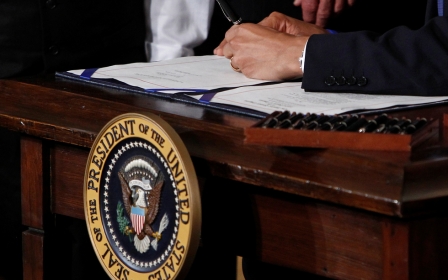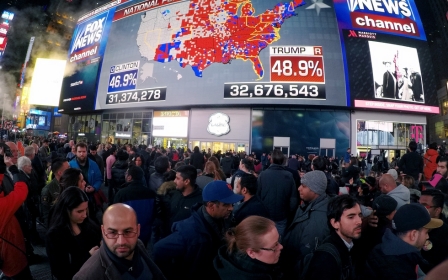Trump officially elected US president by electoral college

Republican Donald Trump prevailed in US Electoral College voting on Monday to officially win the election as the next president, easily dashing a long-shot push by a small movement of detractors to try to block him from gaining the White House.
Trump, who is set to take office on 20 January, garnered more than the 270 electoral votes required to win, even as at least half a dozen US electors broke with tradition to vote against their own state's directives, the largest number of "faithless electors" seen in more than a century.
Democratic candidate Hillary Clinton had received about 3 million votes more than Trump in the November election.
However, US presidential elections are not won by popular vote. They are won in the electoral college, where states based on their population assign delegates who vote for the presidential candidates.
Each political party chooses potential electors before election day. Then those delegates from the party of the candidate who wins the state's popular vote are chosen as official electors.
While the electors are expected to vote according to the results, there is no federal law that requires them to vote any specific way. Faithless electors are voters who refuse to vote for the candidate who won in their state.
Citing his loss of the popular vote and arguing that he is unfit to serve as president, Democratic activists had called on electors to defy their states' election results and not choose Trump.
At least four Democratic electors voted for someone other than Clinton, while two Republicans turned their backs on Trump.
With nearly all votes counted, Trump had clinched 304 electoral votes to Clinton's 227, according to an Associated Press tally of the voting by 538 electors across the country.
"I will work hard to unite our country and be the President of all Americans," Trump said in a statement responding to the results.
Middle East Eye propose une couverture et une analyse indépendantes et incomparables du Moyen-Orient, de l’Afrique du Nord et d’autres régions du monde. Pour en savoir plus sur la reprise de ce contenu et les frais qui s’appliquent, veuillez remplir ce formulaire [en anglais]. Pour en savoir plus sur MEE, cliquez ici [en anglais].





